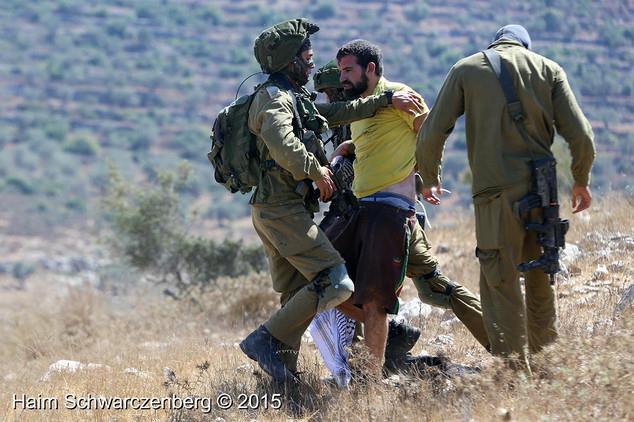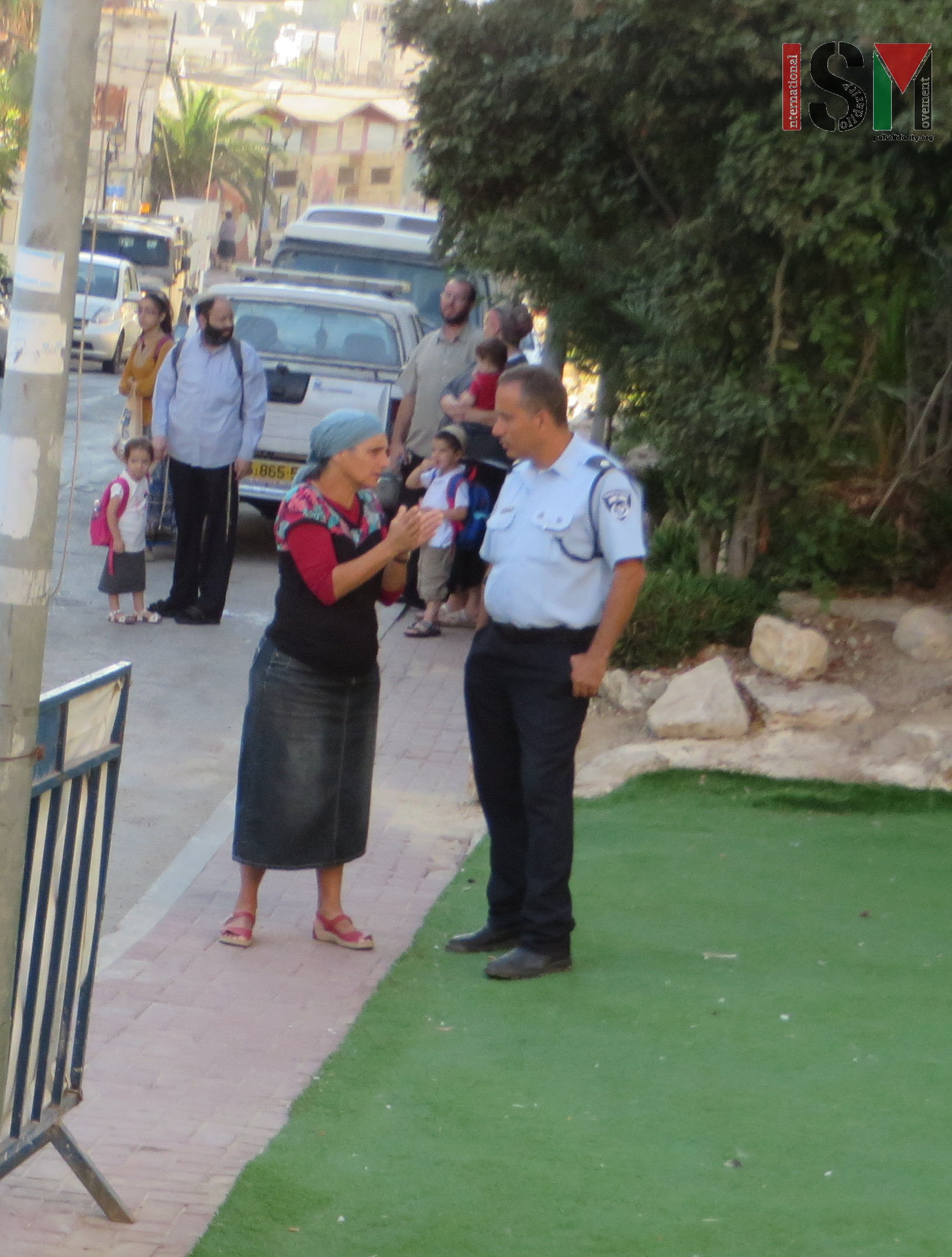-
Testimony: Vittorio Fera on his arrest and the Israeli system
Vittorio Fera is released on bail after an extremely violent and terrifying time in Israeli prisons. He is falsely accused of throwing stones and attacking Israeli soldiers. His case will be in court again Tuesday the 8th of September in Jerusalem. Here is Fera’s own testimony on the arrest, imprisonment and the international media attention: […]
-
Settler attacking international activists in Hebron
1st September | International Solidarity Movement, al-Khalil Team | Hebron, occupied Palestine Yesterday in al-Khalil (Hebron) in occupied Palestine, a female settler harassed and attacked international activists who were monitoring a checkpoint during school-time. In the morning volunteers were standing close to Qurtuba school, monitoring children on their way to school. This school is particularly prone […]
-
International media attention in the arrest of Vittorio Fera
1st September | International Solidarity Movement, al-Khalil Team | Hebron, occupied Palestine Friday the 28th of August Vittorio Fera was violently arrested by Israeli forces. He was beaten up during the arrest and treated badly in prison. His case was in court Monday 31st of August and is now postponed till the 8th of September. The […]
Action Alert An Nabi Saleh Apartheid Wall Arrests BDS Bethlehem Bil'in Cast Lead Demonstration Denial of Entry Ethnic Cleansing Farmers Gaza Global Actions Hebron House Demolition International law Israeli Army Jerusalem Live Ammunition Nablus Ni'lin Prisoner Ramallah Rubber-coated steel bullets Settlement Settlers Settler violence Tear-Gas Canister Video


